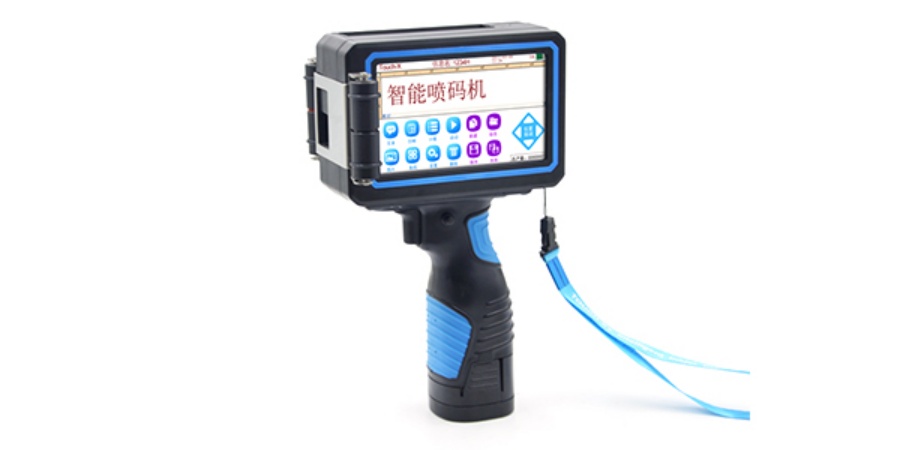The switch from peel-and-stick labels to thermal inkjet printers does represent a major advance in label printing technology, making the process more efficient, flexible and convenient. Here's a detailed breakdown of this conversion:
Limitations of peel-and-stick labels
Peel-and-stick labels usually refer to pre-printed and cut labels that users only need to peel off the backing paper and stick to the target object. The limitations of this label are:
Lack of flexibility: Since labels are pre-printed, their content cannot be changed on the fly as needed.
Higher cost: For application scenarios that require frequent changes in label content, the cost of pre-printed labels will be relatively high.
Storage and management issues: Large quantities of pre-printed labels need to be properly stored and managed to avoid damage or loss.
Advantages of thermal inkjet printers
Thermal inkjet printers use inkjet technology to spray ink onto the printing medium to generate the desired image or text. In the field of label printing, thermal inkjet printers have the following significant advantages:
Highly flexible: Thermal inkjet printers can print anything on demand instantly, without pre-printing. This allows label content to be flexibly adjusted as product, batch or customer needs change.
Cost-effectiveness: For applications that require frequent changes in label content, thermal inkjet printers can reduce costs by printing on demand. In addition, some thermal inkjet printers support multiple sizes of label stock, further increasing cost-effectiveness.
High print quality: Modern thermal inkjet printers use high-precision print heads, capable of producing clear and detailed images and text to meet various label printing needs.
Easy to operate and integrate: Many thermal inkjet printers come with intuitive user interfaces and drivers that make operation simple and easy to understand. At the same time, they can also be easily integrated into existing management systems and workflows to improve work efficiency.
Ease of conversion
The switch from peel-and-stick labels to thermal inkjet printers is so easy because of a few reasons:
Technological Progress: With the continuous development of printing technology, the performance and reliability of thermal inkjet printers have been significantly improved. This enables them to meet a variety of complex and diverse label printing needs.
Cost reduction: As market competition intensifies and technology matures, the price of thermal inkjet printers gradually decreases, allowing more companies and individuals to afford the cost of this conversion.
Improved ease of use: Modern thermal inkjet printers pay more attention to user experience in design, making operation easier and more intuitive. In addition, many printers also support functions such as wireless connection and remote printing, further improving the convenience of use.
The switch from peel-and-stick labels to thermal inkjet printers represents a major advancement in label printing technology. It not only improves the flexibility and cost-effectiveness of label printing, but also reduces operational difficulty and complexity. As technology continues to develop and the market continues to change, we have reason to believe that this switch will become more common and simpler.

